

Head-on discussion of COLREGS crossing ruling
Head-on discussion of COLREGS crossing ruling

The collision between KIVELI and AFINA I is the second case in recent years which has considered the interaction between the head-on rule (COLREGS, Rule 14) and the crossing rules (COLREGS, Rules 15-17). William Stansfield, Managing Associate, CJC, explores the implications.

Facts
At 06:01 local time (UTC + 2) on 13 March 2021, while both underway, the bulk carriers KIVELI and AFINA I collided off the South coast of Greece. The collision occurred when KIVELI turned to port as AFINA I was turning to starboard.
Following a trial in the Admiralty Court, Mr Justice Bryan determined that KIVELI was four times more to blame than AFINA I and therefore apportioned liability 80% to KIVELI and 20% to AFINA 1.
In terms of fault, the Court held that AFINA I correctly identified that the two ships were in a “head on” collision situation and correctly made an alternation of course to starboard, as she was required to by COLREGS Rule 14. However, the alteration of course to starboard came too late, and was thus a breach of COLREGS Rule 8 which requires that action to avoid a collision should be made “in ample time”.
In contrast, KIVELI failed to maintain a proper look-out, failed to appreciate that it was a “head on” situation, failed to make an alteration of course to starboard as required by COLREGS Rule 14, and in fact altered course to port.
KIVELI’s last minute alteration of course to port is precisely what should not have been done in this situation, and led to the inevitable catastrophic result.
Discussion
The judgment raises some interesting issues about the interaction of the “head-on” rule (Rule 14) and the crossing rule (Rule 15) in the COLREGS.
In the case, AFINA I contended (correctly) that situation was a head-on situation governed by Rule 14.
KIVELI contended (wrongly) that the situation was a crossing situation governed by Rule 15 with KIVELI as the stand-on vessel and AFINA 1 the give way vessel.
It is now settled law following the Supreme Court judgment in The Ever Smart/ Alexandria I that Rule 14 takes precedence over Rule 15 when Rule 14 is engaged.
For convenience, the full text of COLREGS Rule 14 is reproduced below:
“Head-on situation
(a) When two power-driven vessels are meeting on reciprocal or nearly reciprocal courses so as to involve risk of collision each shall alter her course to starboard so that each shall pass on the port side of the other.
(b) Such a situation shall be deemed to exist when a vessel sees the other ahead or nearly ahead and by night she would see the mast head lights of the other in a line or nearly in a line and/or both sidelights and by day she observes the corresponding aspect of the other vessel.
(c) When a vessel is in any doubt as to whether such a situation exists she shall assume that it does exist and act accordingly.”
Sub-paragraph (a) is the over-arching definitional rule. It defines what is “Such a situation”.
Sub-paragraph (b) is a deeming provision, intended to assist a navigating officer decide whether a head-on situation exists.
What follows now is summary of the main issues that the Court had to decide about the application of COLREGS Rule 14.
“reciprocal or nearly reciprocal”
In practice, there is unlikely to be much debate about the meaning of “reciprocal” although it might not be often that two ships are on exactly “reciprocal” courses.
But what does “nearly reciprocal” mean? How is a navigating officer supposed to know whether they are on a “nearly reciprocal” course with another ship? The question is important, because the definitional provisions in Rule 14(a) state that Rule 14 is only engaged when two power-driven vessel are meeting on reciprocal or nearly reciprocal courses.
In the judgment, the Court held that a head-on situation existed from C-22 minutes. At this point in time, AFINA I was on a heading of about 250.2°T and with a COG of 250.2°T. KIVELI was on a heading of 77.2°T with a COG of 77.1°T. The reciprocal between the vessels’ respective headings at this time was therefore 7° and the difference between their COG was 6.9°.
Under an earlier version of the COLREGS, it was thought that a difference in course of one compass point (11.25°) or more was enough to take the situation out of the old “end-on” rule whereas a half a compass point (5.625°) or a little more would bring the situation within it.
The use of the phrase “nearly reciprocal” in Rule 14 of the present COLREGS would suggest that the head-on rule will apply to a wider vector ahead of a vessel.
In The Lok Vivek [1995] 2 Lloyd’s Rep. 230, the Court considered that a difference of 8° or more may be outside the definition of reciprocal or nearly reciprocal for the purposes of Rule 14
In the KIVELI judgment, the Court said:
“I consider that a difference in course of up to 6° or slightly more should be considered to be nearly reciprocal, and given the terms of Rule 14(c) a vessel should assume a head-on situation exists if there is any doubt. Certainly… if the courses are nearly reciprocal and at night the masthead lights are in line or nearly in line or by day the vessel is presenting with a corresponding aspect, a head-on situation will be deemed under Rule 14(b).”
The problem with this is that it still doesn’t provide a comprehensive answer to what is meant by “nearly reciprocal courses”. A difference of 8° or more would appear to fall outside of Rule 14(a). A difference of 6° or less would appear to bring one within Rule 14(a). However, clearly there will still be borderline cases.
Pending any further guidance from the Courts on this issue, mariners would be well advised to proceed on the basis of Article 14(c): that if there is any doubt on the bridge about whether a particular situation comes within Rule 14 or not, it should be assumed that it does and the ship should alter course to starboard.
“course”
The issue here is whether “course” means the vessels’ course made good or the vessels’ headings which are determinative for the purposes of Rule 14.
It was previously thought that it was the heading through the water which was determinative. However, in the context of Rule 15, the Supreme Court held in The Ever Smart / Alexandria I that it was the course over ground which was determinative.
“risk of collision”
This is a fact specific question, dependent on matters such as the speed of the vessels and the weather conditions.
The Court cited the decision in FMG Sydney / MSC Apollo, where an Elder Brethren advised the then Admiralty Judge that a safe passing distance would be when there was a CPA (closest point of approach) of at least 0.5 nm to 1.0 nm.
The “and/or” point
The collision between KIVELI and AFINA 1 occurred whilst it was still dark.
The question is whether, for the purposes of the deeming provision at Rule 14(b), a head on situation is deemed to exist (1) when by night she would see the masthead lights of the other in a line or nearly in a line or (2) both sidelights or (3) only when by night she would see the masthead lights of the other in a line or nearly in a line and both sidelights. AFINA I said the former ((1) or (2)), KIVELI said the latter (3).
The Court answered this question by holding that the use of “and/or” is that there is no necessity that a vessel sees the masthead lights of the other in a line or nearly in a line and both side lights, either will suffice as a matter of language. If both were required that would be failing to give meaning and effect to the “and/or” wording.
The “a vessel” point
This is another issue that arises under the deeming provisions in Rule 14(b).
The question is whether Rule 14(b) must be satisfied by both vessels, or whether the deeming provisions of Rule 14(b) can be satisfied by reference to what “a” vessel (singular) sees.
KIVELI argued that the Rule 14(b) deeming provision must be satisfied by both ships and relied on comments in FMG Sydney / MSC Apollo in support of their position. AFINA I argued that the Rule 14(b) deeming provision could be triggered if satisfied by one of the ships.
The Court declined to follow the earlier decision in FMG Sydney / MSC Apollo on this point and found in favour of AFINA I.
The Court said that “the language of Rule 14 speaks with one voice and in that context “a vessel sees the other” in Rule 14(b) is directed at what “a vessel” (in the singular), can see, and not that Rule 14(b) must be satisfied by both vessels in terms of what each can see of the other”.
This does mean that, subject to any appeal, English law now has two inconsistent first instance decisions on this point.
Further thoughts
The fact the Court had to address so many questions about Rule 14 raises the question of whether the current drafting of Rule 14 is sufficiently certain for mariners to apply.
Even after this judgment, there is still no settled answer on what is meant by “nearly reciprocal” and we now have two conflicting first instant judgments about whether it is sufficient for only one ship to see the other ship to trigger the deeming provisions in Rule 14(b).
In The Ever Smart / Alexandria I case, the Supreme Court said that the COLREGS should be interpreted in accordance with broad and general principles of construction, which include Article 31 of the Vienna Convention which requires a treaty to be interpreted in good faith and in light of its object and purpose. The Supreme Court went on to say that the object and purpose of the COLREGS is to promote safe navigation and the prevention of collisions at sea.
Most people would probably agree with that statement of principle. But having said it, the Supreme Court then went on to provide three different answers to the question of when the narrow channel rule (Rule 9) displaces the crossing rules. Good news for the lawyers perhaps. But how helpful is this for a mariner, who is unlikely to have any legal training or even speak English as a first language, and is now going to have to work out in the heat of the moment whether he/she finds himself/herself in a “Group 1”, “Group 2” or “Group 3” situation?
As a more general question, is English law in danger of over-complicating the COLREGS? It is unrealistic to expect that, facing a potential close quarters situation, the navigating officer would be able to obtain legal advice as to what should be done to comply with his duties under the COLREGS.
Against that background, will this latest judgment assist or hinder mariners? Time will tell. The answer probably won’t become clear until the next Rule 14 case reaches the Admiralty Court.
One final thought. Collision cases will almost invariably be insured losses involving a claim between the insurers of each ship. As admiralty solicitors, we advise insurer clients on what a realistic liability settlement might look like. That task becomes muchharder if there is uncertainty on how the COLREGS should be applied.
ΝΧ
Συντακτική ομάδα Ναυτικών Χρονικών

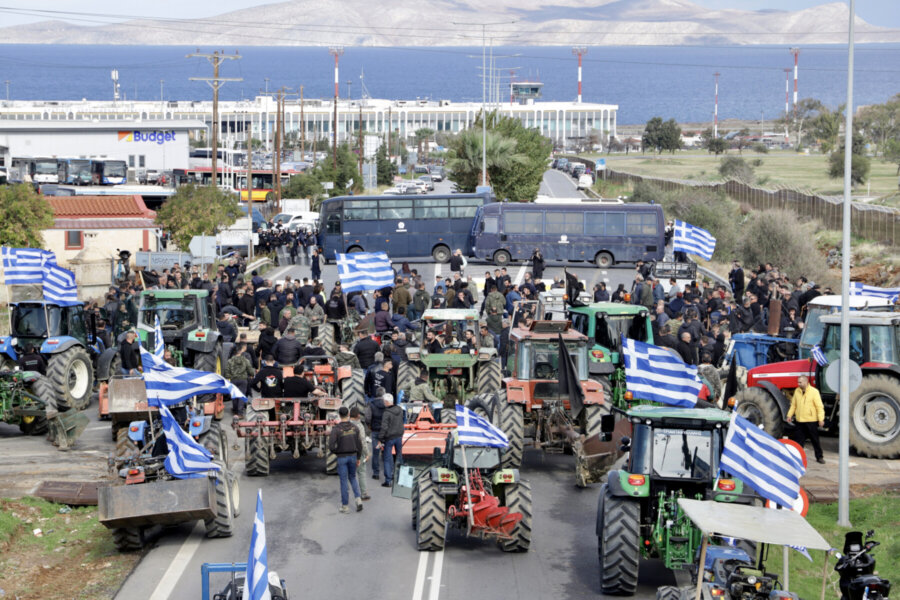
Κινητοποιήσεις αγροτών: Αλαλούμ στα αεροδρόμια της Κρήτης
Ηράκλειο Στην πίστα του Αεροδρομίου Ηρακλείου «Ν.Καζαντζάκης» κατάφεραν να μπουν αγροτοκτηνοτρόφοι που από νωρίς το πρωί, πραγματοποιούν και στο Ηράκλειο κινητοποιήσεις. Ως συνέπεια της…
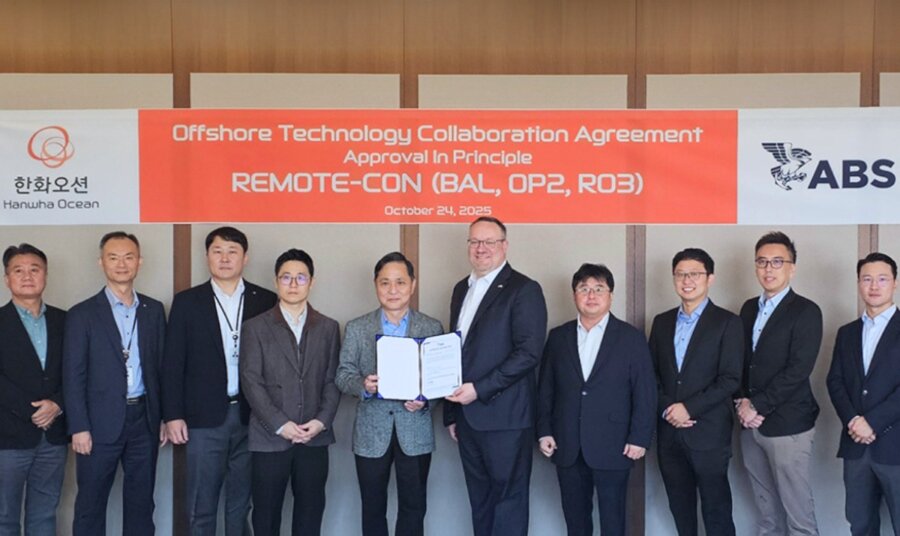
ABS-Hanwha: Έγκριση για τις λειτουργίες τηλεχειρισμού σε FPSO
Η εισαγωγή λειτουργιών τηλεχειρισμού (Remote Control Functions) σε μονάδες παραγωγής, αποθήκευσης και εκφόρτωσης πετρελαίου (FPSO) αποτελεί μια από τις πλέον καινοτόμες κατευθύνσεις ψηφιακού εκσυγχρονισμού…

Κρίσιμη τετραμερής συνάντηση για το Ουκρανικό στο Λονδίνο
Μια από τις πιο κρίσιμες διπλωματικές συναντήσεις των τελευταίων μηνών για το Ουκρανικό θα πραγματοποιηθεί σήμερα το απόγευμα στο Λονδίνο παρουσία του προέδρου της…
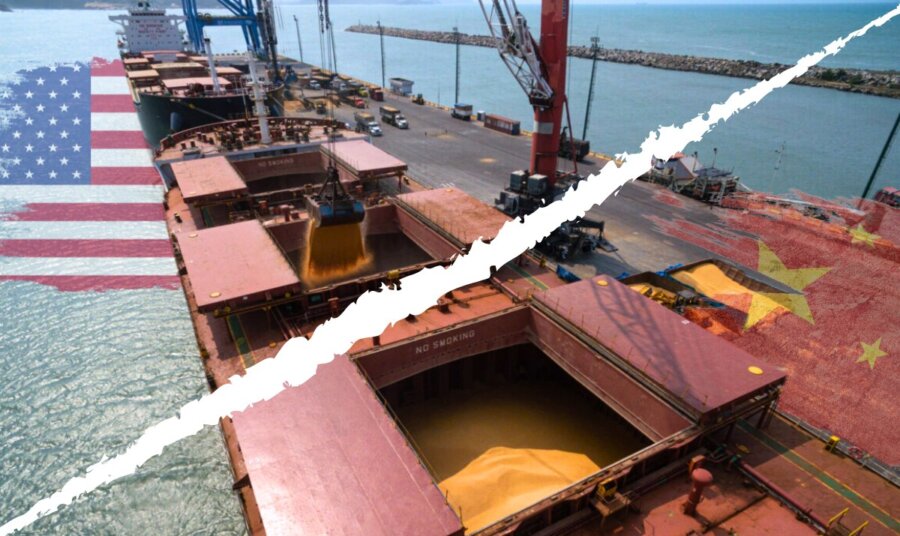
ΗΠΑ-Κίνα: Ένα δυσθεώρητο χάσμα στις εμπορικές ροές σιτηρών
Μια πρωτοφανή καθίζηση στις εμπορικές ροές αγροτικών προϊόντων μεταξύ ΗΠΑ και Κίνας αποκαλύπτουν τα δεδομένα της AXSMarine, καταγράφοντας ιστορικό χαμηλό δεκαετίας. Ειδικότερα, για το…

Ηχηρά ονόματα της liner ναυτιλίας στο στόχαστρο των αρχών της Ν. Αφρικής
Σε δίωξη κατά οκτώ ναυτιλιακών εταιρειών προέβη η Επιτροπή Ανταγωνισμού (Επιτροπή) της Νότιας Αφρικής. Οι οκτώ εταιρείες μεταφοράς εμπορευματοκιβωτίων είναι οι: Maersk South Africa…
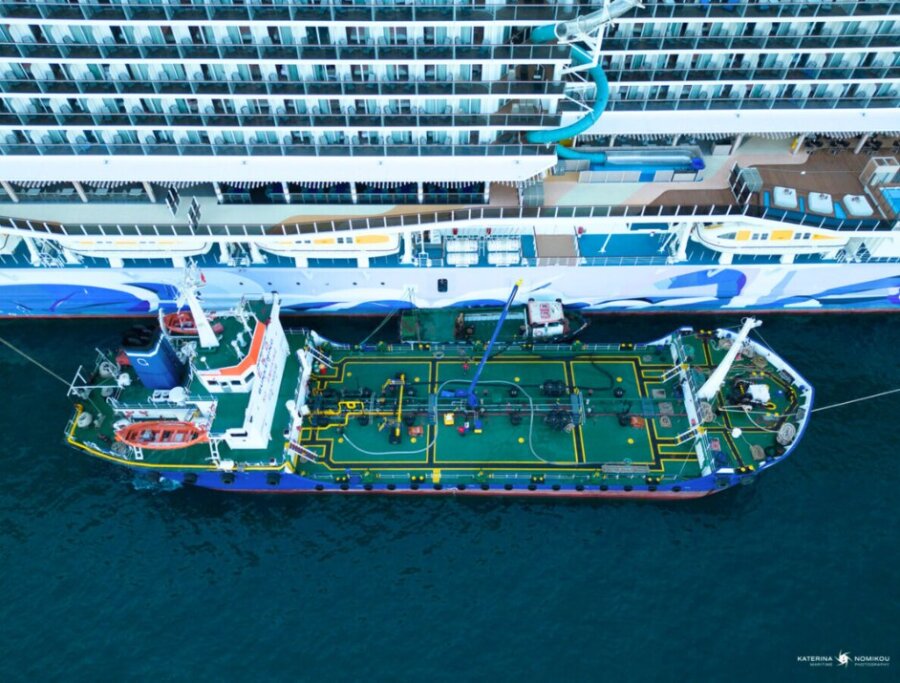
Ο πρώτος ανεφοδιασμός κρουαζιερόπλοιου με βιοκαύσιμο από απόβλητα στην Ελλάδα
Η πρόσφατη επιχειρησιακή επιτυχία της World Fuel Services, μέλους του ομίλου World Kinect, αναδεικνύει πώς οι προηγμένες τεχνολογίες βιοκαυσίμων μπορούν να μεταμορφώσουν το ενεργειακό…
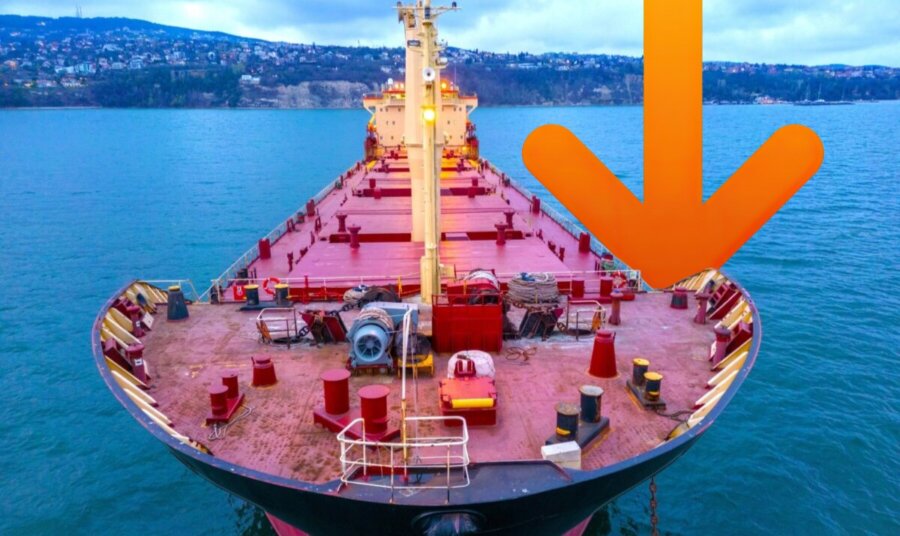
Καθίζηση για τις παραγγελίες bulk carriers
Οι παραγγελίες bulk carriers το 2025 διαφαίνονται λιγοστές καθώς η χρονιά πλησιάζει στο τέλος της. Σύμφωνα με δεδομένα της BIMCO, το διάστημα Ιανουαρίου-Νοεμβρίου 2025…
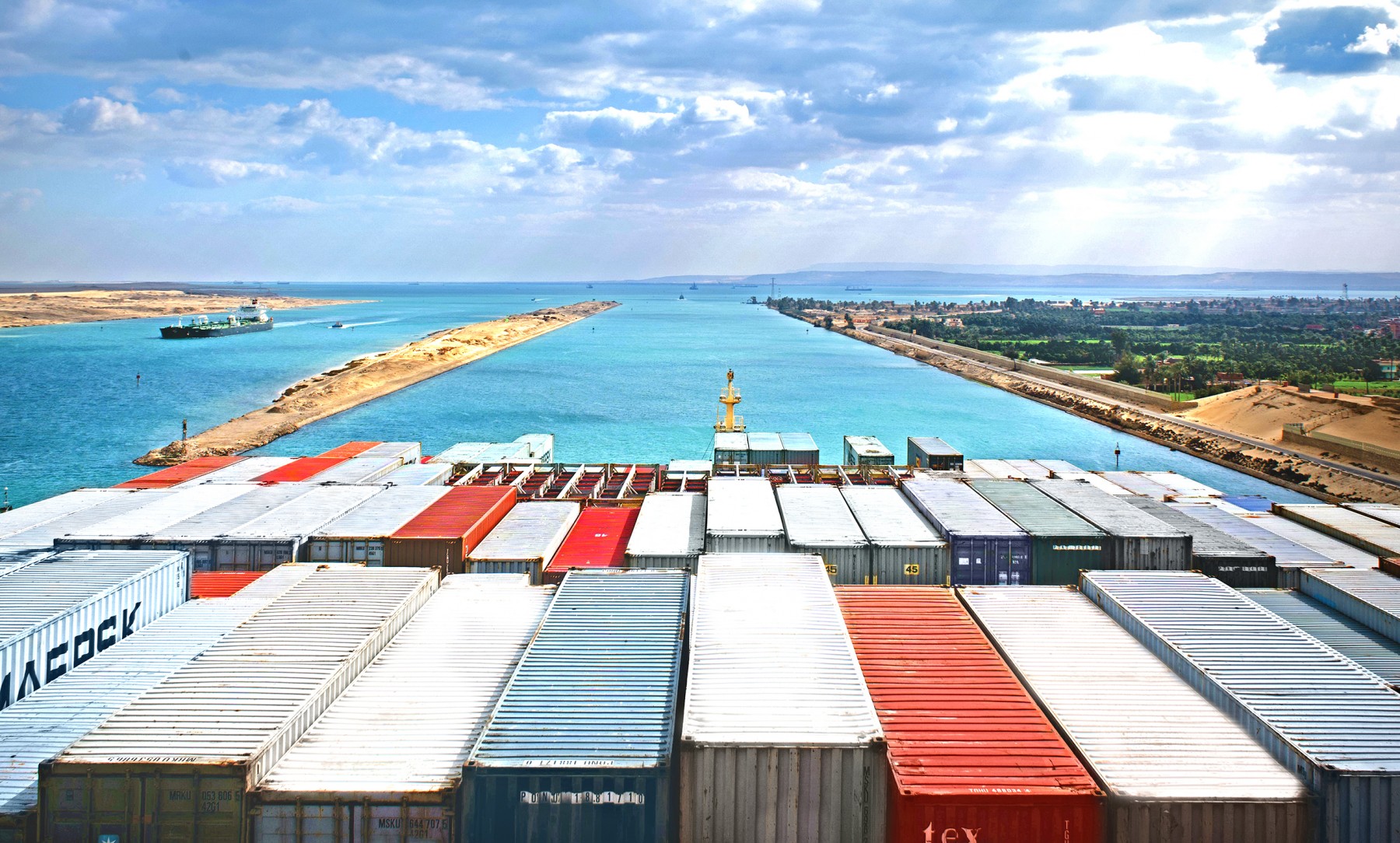
Εκτός κάδρου η άμεση επιστροφή στη Διώρυγα του Σουέζ
Ανεξάρτητα από τον κατευνασμό των εντάσεων στην Ερυθρά Θάλασσα, η επιστροφή στην –προ δύο ετών– κανονικότητα στη Διώρυγα του Σουέζ δεν είναι υλοποιήσιμη εντός…